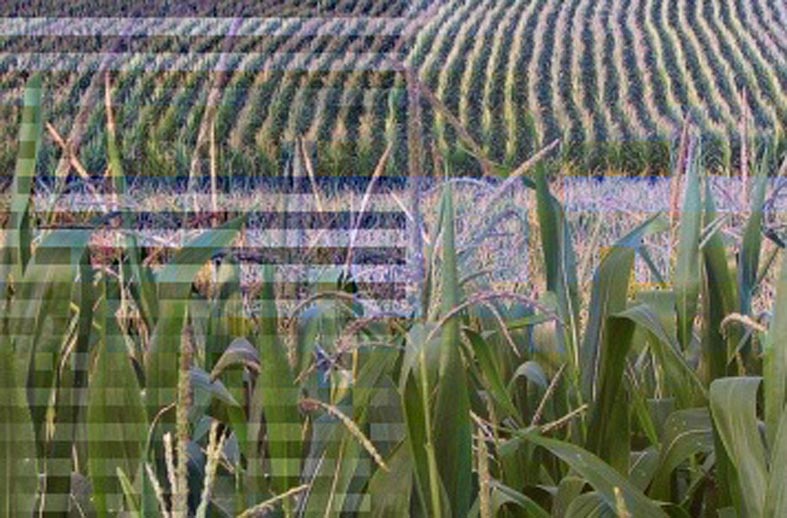
US Grains Council has revealed that China is on track to produce more corn than rough rice for the first time in history. (Image source: fishhawk/Flickr)
According to the US Grains Council, China is on track to produce more corn than rough rice for the first time in history




